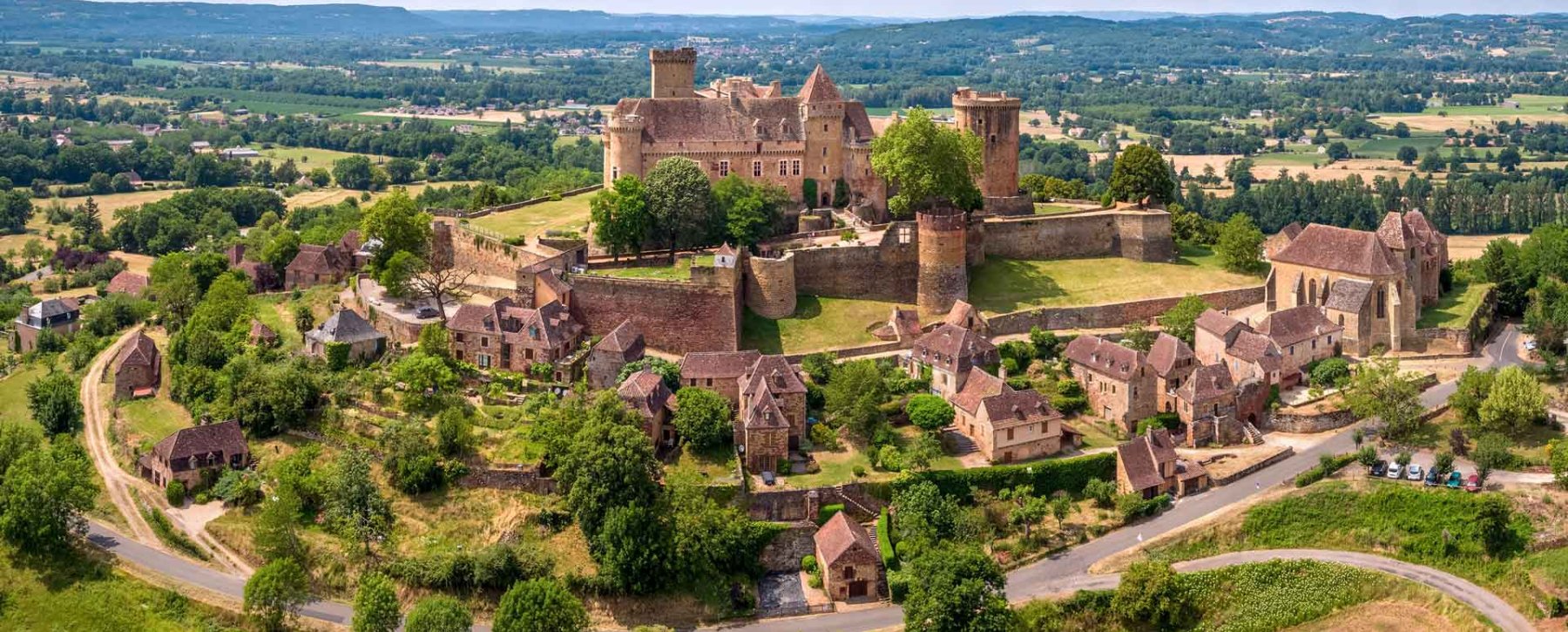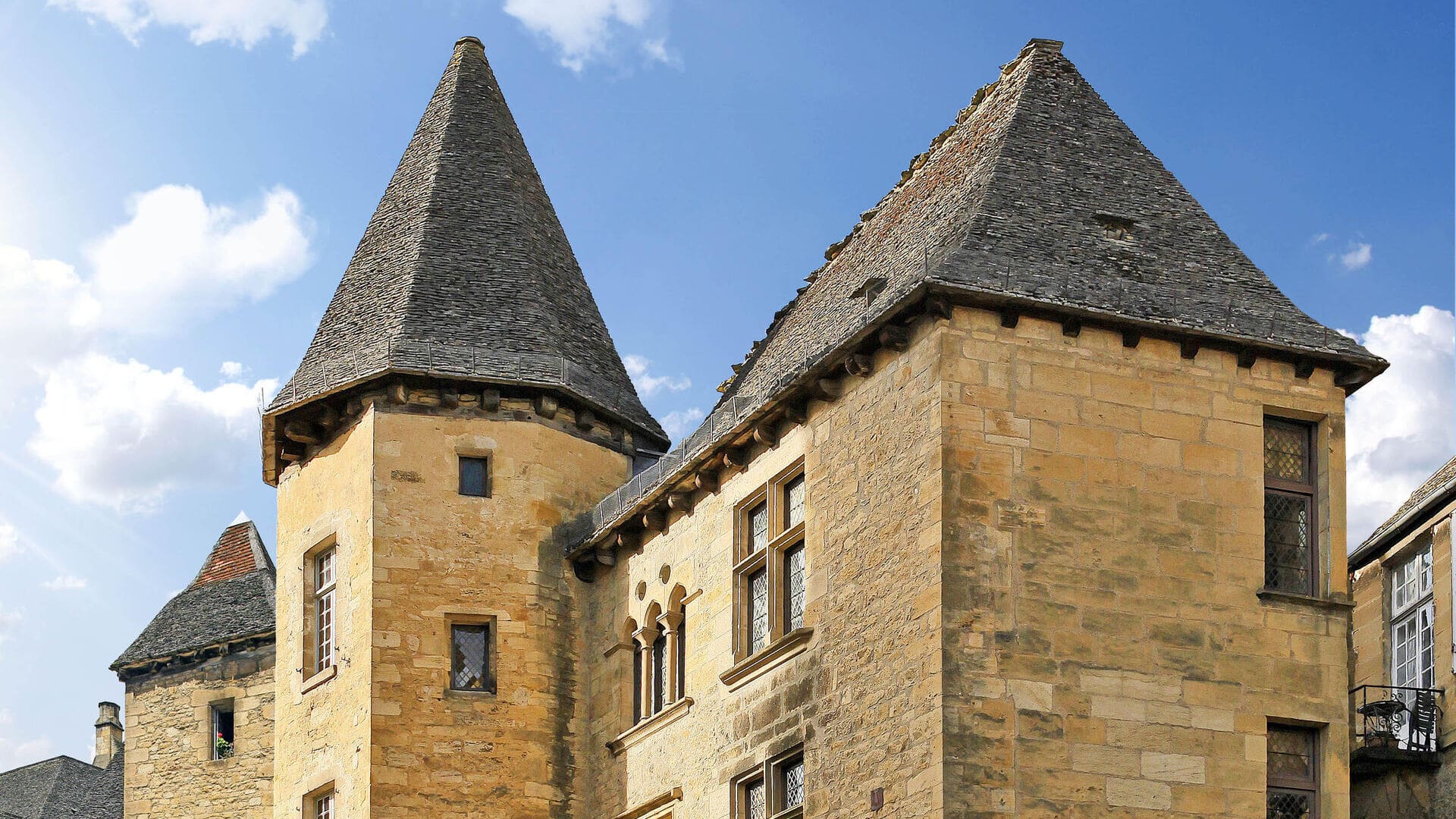The Cougnac Caves
10/06/2024
Located in the heart of the Lot department, the Grottes de Cougnac offer a fascinating immersion in the prehistoric and geological world. Discovered in 1949 and 1952, these caves are renowned for their rock paintings and engravings dating back over 25,000 years, as well as for their impressive mineral formations. Whether you’re a history buff, science enthusiast or simply curious, a visit to the Grottes de Cougnac during your stay at our Lot campsite promises an unforgettable experience, enriched by scientific discoveries and exceptional natural beauty.
History of the Grottes de Cougnac
The Cougnac caves, discovered in 1949 and 1952 respectively, are located in the Lot department of France. These discoveries marked a turning point in our understanding of prehistoric art and regional geology. The first cave, discovered in 1949, revealed paintings and engravings dating back to the Upper Paleolithic, depicting animals such as ibex and mammoths. The second cave, found in 1952, is famous for its spectacular mineral formations, with impressive stalactites and stalagmites.
These caves have been the subject of numerous excavations and studies since their discovery. This research has led to a better understanding of the techniques and motivations of prehistoric artists, as well as the geological processes that led to the formation of the caves. Today, the Grottes de Cougnac are protected and open to the public, allowing visitors to explore these unique historical and natural treasures.
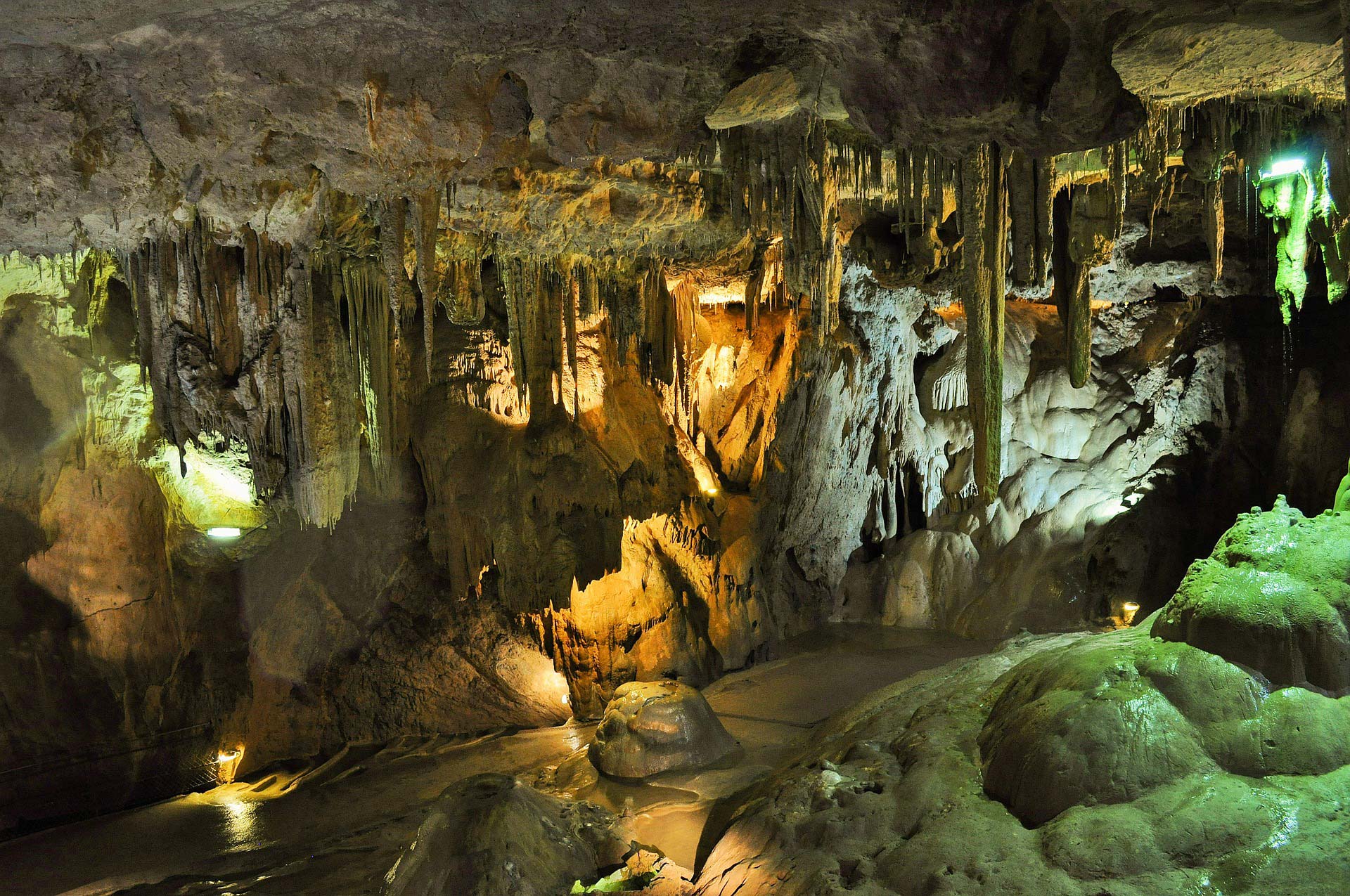
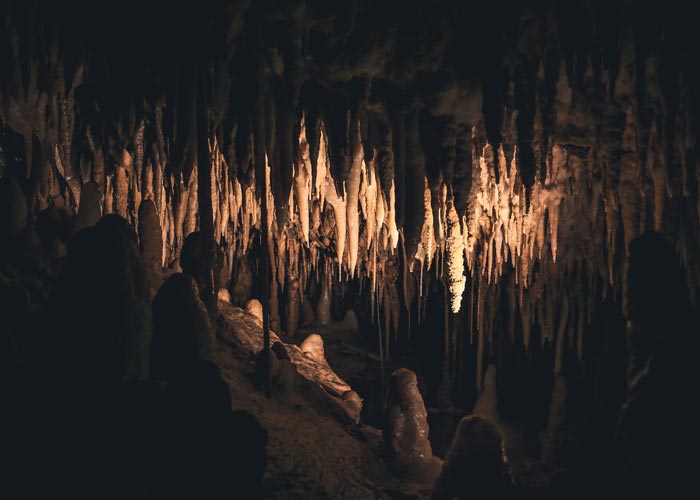
Description of the caves
The Grottes de Cougnac are divided into two distinct sections, each offering visitors a unique experience.
The Prehistoric Cave
The prehistoric cave is famous for its rock paintings and engravings dating back to the Upper Palaeolithic. The cave walls are decorated with representations of animals such as ibex, mammoth and deer. These works testify to the ingenuity and artistic sensitivity of prehistoric man. The techniques used, mainly based on natural pigments and engraving, show an impressive mastery of art and a deep understanding of the surrounding fauna.
The Mineral Grotto
The second part of the caves, known for its mineral formations, offers an impressive geological spectacle. Stalactites and stalagmites, formed over thousands of years by the deposition of calcite, create fascinating natural sculptures. The cave also features concretions and columns that bear witness to the complex geological processes taking place underground. A guided tour reveals these formations in all their splendor, offering both an educational and aesthetic experience.
The Grottes de Cougnac combine prehistoric art and geological wonders, offering visitors an unforgettable plunge into our planet’s distant past.
Practical information
Opening hours and prices
The Grottes de Cougnac are open daily from early April to late September. Guided tours are offered at regular times throughout the day. Prices vary according to age, with discounts for children, students and groups.
Reservations and access
Reservations can be made online via the official website or by telephone. The caves are located near Gourdon, in the Lot department, and are easily accessible by car, with free parking available.
Tips for visitors
For a pleasant visit, we recommend you wear warm clothing, as the temperature inside the caves remains cool all year round. You’ll also need comfortable shoes for walking on the sometimes uneven surfaces. As well as visiting the caves, explore the other tourist sites and outdoor activities available in the area.
This practical information will help you prepare your visit to the Grottes de Cougnac and make the most of this unique experience.
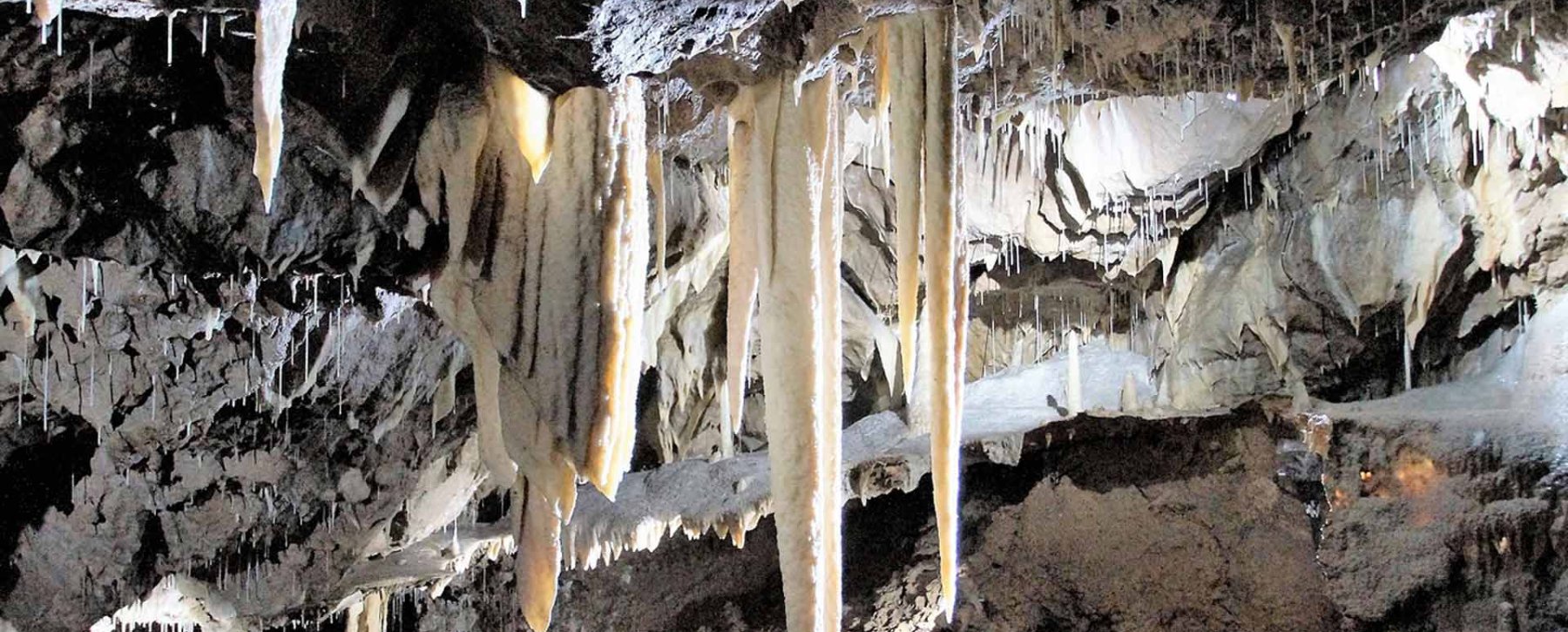
The cultural and scientific importance of the Grottes de Cougnac
World heritage
The Caves of Cougnac are recognized for their exceptional value as a cultural and natural site. They are among the treasures of humanity, preserving works of art dating back over 25,000 years. This recognition underlines the importance of protecting and conserving these caves for future generations.
Impact on scientific research
The Caves of Cougnac are a privileged place of study for scientists. The paintings and engravings offer valuable insights into the lifestyles, beliefs and artistic practices of prehistoric man. In addition, the geological formations allow researchers to better understand the natural processes that led to the creation of these structures. Ongoing research projects aim to deepen our knowledge and uncover new insights into this period of human history.
The Caves of Cougnac represent a vital link between our prehistoric past and current scientific discoveries, underlining the importance of their preservation and study.


